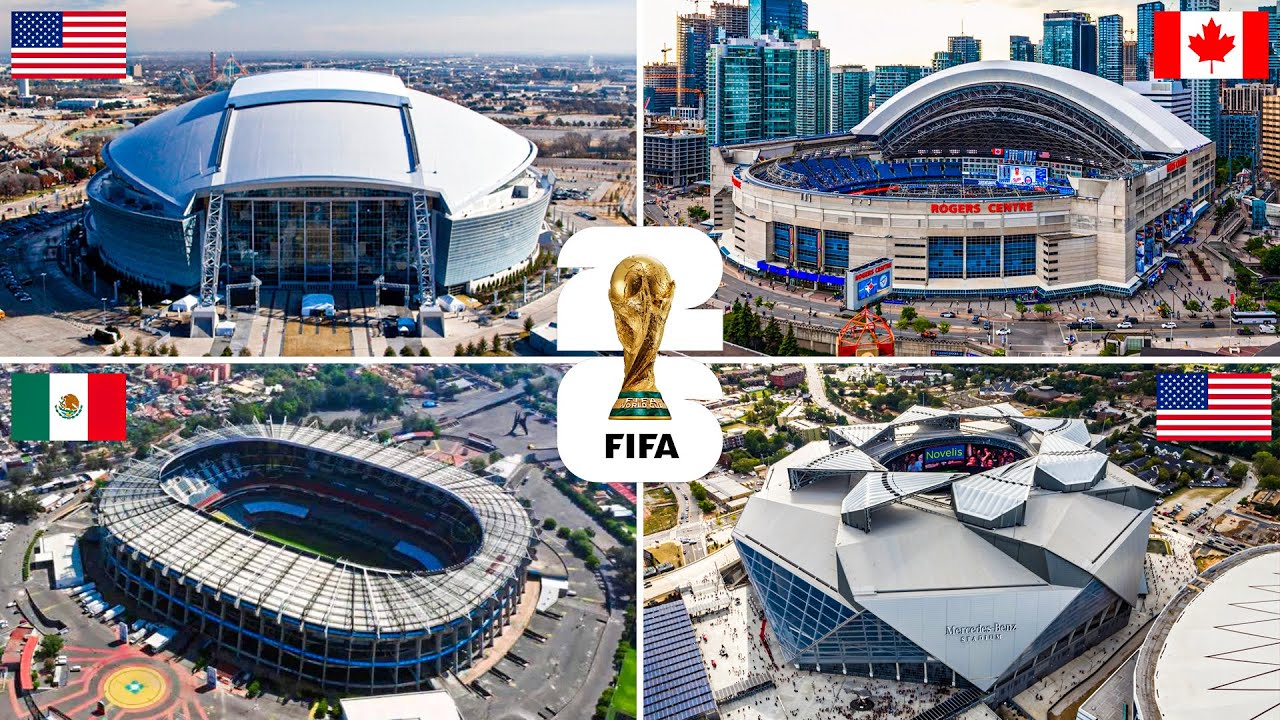The 2026 FIFA World Cup will stretch across a continent. For the first time, the world’s largest sporting event will unfold across three nations; Canada, Mexico, and the United States from June 11 to July 19, 2026. It will be the first World Cup to feature 48 teams and 104 matches, marking a new chapter in the sport’s evolution and the biggest edition ever held.
The scale of this tournament feels almost cinematic. Sixteen host cities. Three countries. Nearly forty days of football played from the Pacific to the Atlantic. The format will expand to 12 groups of four teams each, meaning 72 group-stage matches followed by an unprecedented Round of 32. The road to the final will be longer, with the eventual champions playing eight matches instead of the traditional seven.
The United States will host 78 matches across 11 cities. Mexico and Canada will share 13 games each, with all 16 stadiums rebranded under FIFA’s commercial guidelines “MetLife Stadium” becoming “New York New Jersey Stadium,” “AT&T Stadium” labeled “Dallas Stadium,” and so on.
This World Cup will be a mosaic of settings, from Mexico City’s historic Estadio Azteca to the modern SoFi Stadium in Los Angeles and the open air of Vancouver’s BC Place. Each venue tells a story not just of football, but of how North America is embracing the global game on its own terms.
Canada
A nation coming of age in football
For Canada, the 2026 World Cup will be a celebration years in the making. The country’s football journey has been gradual, shaped by grassroots enthusiasm and a generation of players who’ve brought the maple leaf back to the world stage. After co-hosting the 2015 FIFA Women’s World Cup, Canada now prepares to welcome the men’s edition for the first time.
Only two cities; Toronto and Vancouver will host matches, but each brings a unique flavor that reflects Canada’s balance of old charm and modern confidence.
Toronto — BMO Field (Toronto Stadium)
Capacity: 45,500
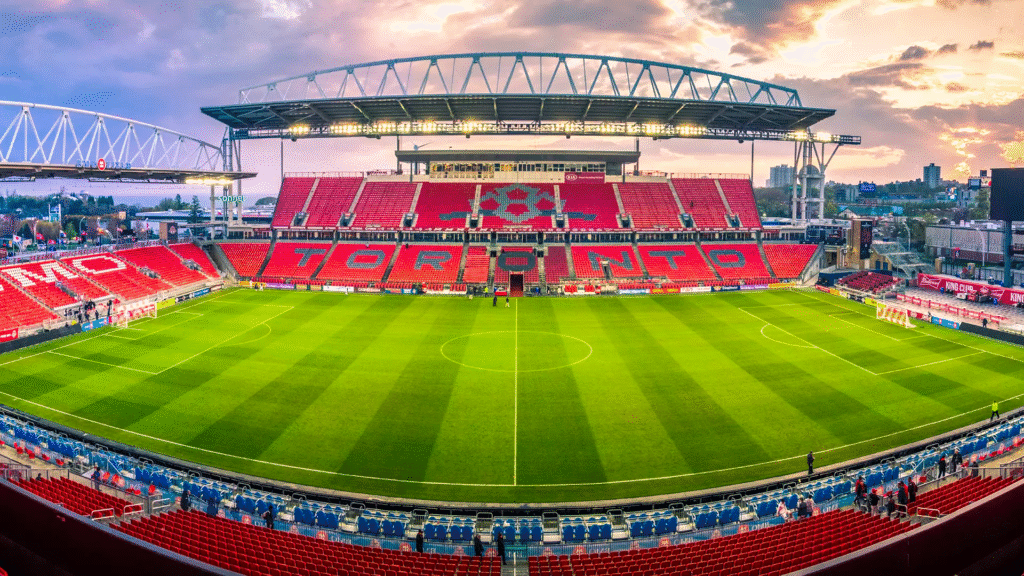
Toronto is Canada’s beating football heart. It’s home to a diverse population where football is more than a sport; it’s an anchor of identity. On summer nights by Lake Ontario, BMO Field hums with the sounds of supporters from every corner of the world.
Originally built for Toronto FC in Major League Soccer, BMO Field opened in 2007 and has undergone steady expansion. Temporary seating will boost its capacity to around 45,500 for the World Cup. It’s a stadium that feels intimate, the kind of place where every chant seems to echo across the waterfront.
Beyond the pitch, Toronto will serve as a key logistics hub. The city’s infrastructure, international airport, and cultural vibrancy make it ideal for visiting fans. The CN Tower stands just minutes away, and the waterfront area has become a magnet for match-day gatherings.
Toronto’s matches will reflect Canada’s growing confidence in the sport, not a borrowed enthusiasm, but one rooted in its own multicultural reality.
CHECK OUT | The Best Soccer Stadium Seats for a Better View
Vancouver — BC Place (BC Place Vancouver)
Capacity: 54,500
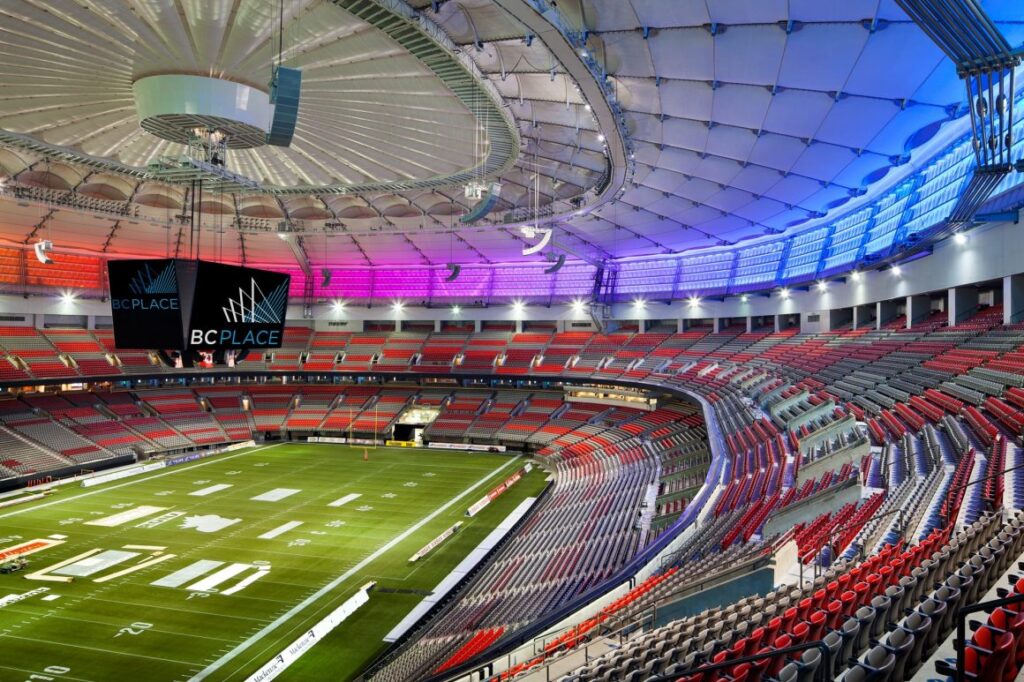
On the western edge of Canada, framed by mountains and ocean, Vancouver’s BC Place brings a different atmosphere. The stadium’s translucent roof and modern bowl design make it one of the most visually striking venues in North America.
BC Place opened in 1983 and underwent a major renovation in 2011, which included the installation of a retractable roof, a feature that proved invaluable during the 2015 Women’s World Cup Final. For 2026, it will once again welcome the world, hosting group-stage and knockout matches.
The stadium’s downtown location makes it ideal for fans to explore the city’s waterfront, with restaurants and parks flowing seamlessly into match-day energy. Vancouver’s local football identity is anchored by the Vancouver Whitecaps of MLS, but for the World Cup, the entire Pacific Northwest will rally behind it.
Mexico
A country of deep football roots
If Canada represents the sport’s new frontier, Mexico is its spiritual homeland in North America. Football runs through its veins, from packed Sunday parks to the echoing chants of the Estadio Azteca.
Mexico’s inclusion as a co-host ensures a sense of continuity, the country hosted the world in 1970 and 1986, and now, four decades later, it will become the first nation to stage three men’s World Cups.
CHECK OUT | Complete List of Countries & Their National Soccer Stadiums
Mexico City — Estadio Azteca (Estadio Azteca Mexico City)
Capacity: 83,000
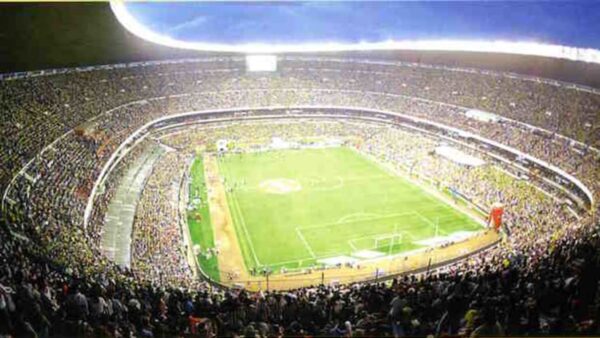
Few stadiums in football carry the weight of memory that the Estadio Azteca does. Built in 1966, it has witnessed the sport’s greatest moments, Pelé lifting the trophy in 1970, Diego Maradona’s “Goal of the Century” and “Hand of God” in 1986. It is both sacred and alive, a colossus of noise and history.
For 2026, the Azteca will undergo modern upgrades to its seating, hospitality areas, and infrastructure. Yet its soul will remain untouched. The stadium sits in the Tlalpan district of Mexico City, surrounded by bustling streets, food stalls, and murals, a vivid slice of Mexican life.
Hosting matches here is not just symbolic; it’s essential. The Azteca is where football transcends sport and becomes emotion.
Guadalajara — Estadio Akron (Estadio Guadalajara)
Capacity: 48,071
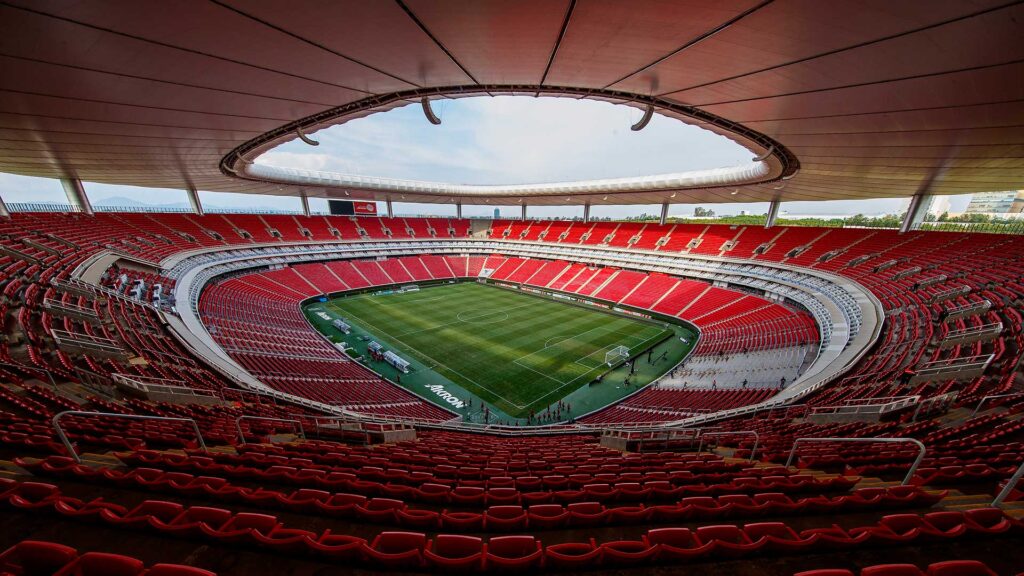
If the Azteca is tradition, Guadalajara’s Estadio Akron is modern Mexico. Opened in 2010, the home of Club Deportivo Guadalajara (Chivas) resembles a sleek volcanic hill rising from the city’s outskirts. Its design, both minimalist and bold, captures the ambition of a city that thrives on innovation and passion.
Guadalajara is a football city at its core, steeped in the rivalry between Chivas and Atlas. The atmosphere during matches is intense yet communal. For the World Cup, Estadio Akron’s location and infrastructure make it ideal for group-stage games, offering fans a taste of Mexico’s youthful football culture.
Monterrey — Estadio BBVA (Estadio Monterrey)
Capacity: 53,500
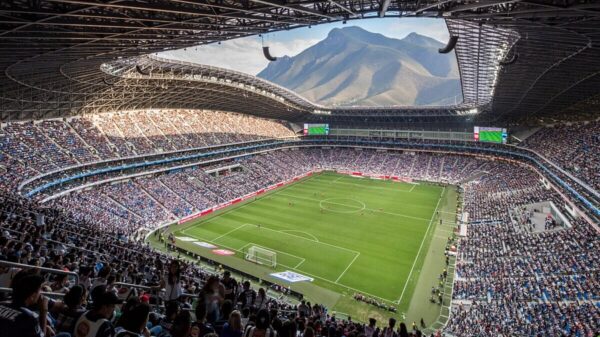
Nestled at the base of Cerro de la Silla mountain, Estadio BBVA — home to CF Monterrey — is among the most modern football arenas in the Americas. Its glass façade reflects the surrounding skyline, while its steep stands bring fans close to the action.
Opened in 2015, it blends technology with design efficiency. Monterrey is an industrial city with deep pride in its footballing identity. Rayados fans are among the most passionate in the country, and their energy will fill the World Cup nights with intensity.
With Monterrey’s heat and altitude, matches here will test teams physically. But for fans, the setting with the mountains looming over the stadium will be unforgettable.
CHECK OUT | 10 Greatest Soccer Players Who Wore the Number 9 Jersey
United States
The giant awakening
When the United States hosted the 1994 World Cup, football was still finding its place. Thirty years later, the landscape has transformed. MLS has grown from a fledgling league into a thriving ecosystem. The national team has matured, and stadiums across the country now buzz with a culture that feels distinctly American yet globally connected.
The U.S. will host 78 of the tournament’s 104 matches, including the final. The diversity of host cities, from New Jersey to Seattle, mirrors the country itself: vast, varied, and united by a shared anticipation.
New York/New Jersey — MetLife Stadium (New York New Jersey Stadium)
Capacity: 82,500
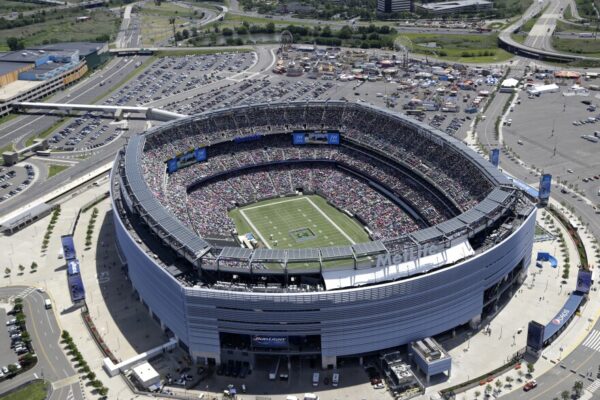
MetLife Stadium, in East Rutherford, New Jersey, will host the 2026 World Cup Final on July 19. It’s a massive, multi-purpose venue shared by the NFL’s Giants and Jets, but for a few weeks in the summer, it will belong to football alone.
With a capacity of 82,500, it stands as one of the largest in the tournament. The surrounding Meadowlands complex will transform into a global hub of media, fans, and spectacle. The skyline of Manhattan, just across the Hudson, will provide a fitting backdrop for the world’s biggest game.
Dallas/Arlington — AT&T Stadium (Dallas Stadium)
Capacity: 94,000
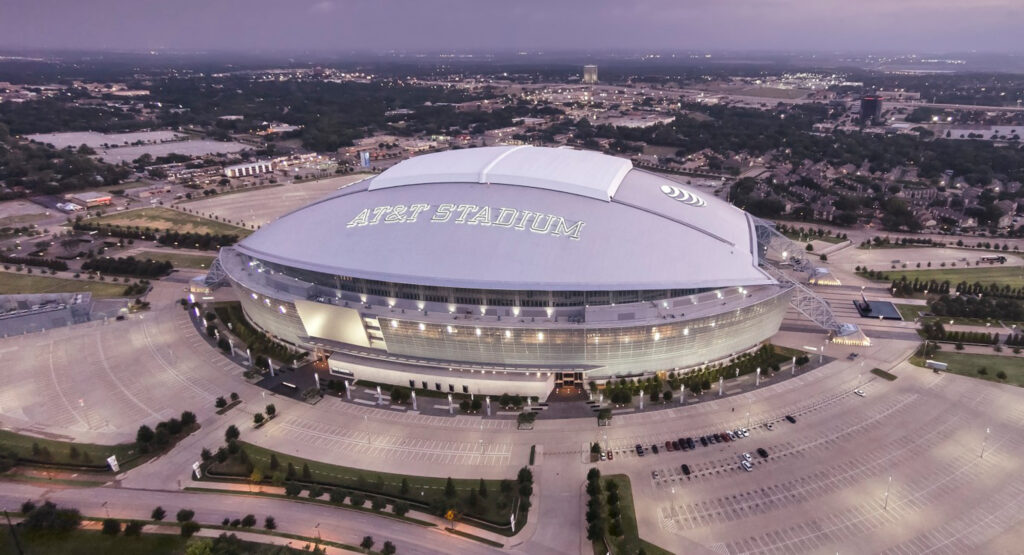
In Texas, size defines everything and AT&T Stadium embodies that spirit. Located in Arlington, midway between Dallas and Fort Worth, it’s the largest venue of the 2026 World Cup, with a capacity approaching 94,000 after FIFA adjustments.
The stadium’s retractable roof, giant high-definition screens, and advanced cooling systems make it one of the most technologically sophisticated arenas in the world. Built in 2009, it has hosted Super Bowls, college championships, and major concerts, but the World Cup will bring a new kind of energy.
Dallas’s central location and strong football community make it a likely candidate for knockout-stage matches.
CHECK OUT | Everything You Need to Know About the 2025 MLS Cup Playoffs
Atlanta — Mercedes-Benz Stadium (Atlanta Stadium)
Capacity: 75,000
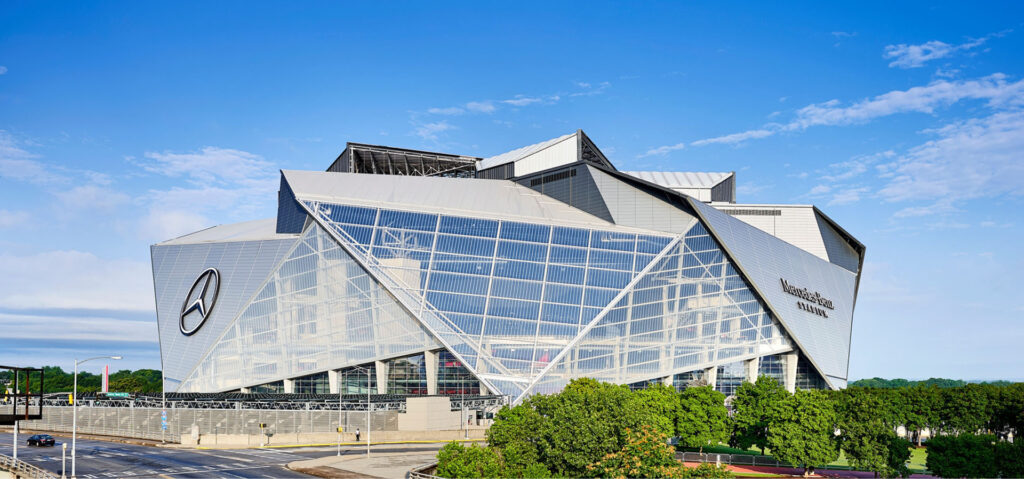
Few American cities have embraced football as rapidly as Atlanta. Mercedes-Benz Stadium, home to Atlanta United, is a symbol of that passion. Since opening in 2017, it has set attendance records for MLS and become a model of design innovation, featuring a retractable roof that opens like a camera lens.
The crowd atmosphere in Atlanta is electric.
The city’s mix of southern hospitality and youthful culture creates a unique match-day rhythm. The stadium sits in the heart of downtown, surrounded by restaurants, hotels, and nightlife that will hum with global color next summer.
Kansas City — Arrowhead Stadium (Kansas City Stadium)
Capacity: 76,640
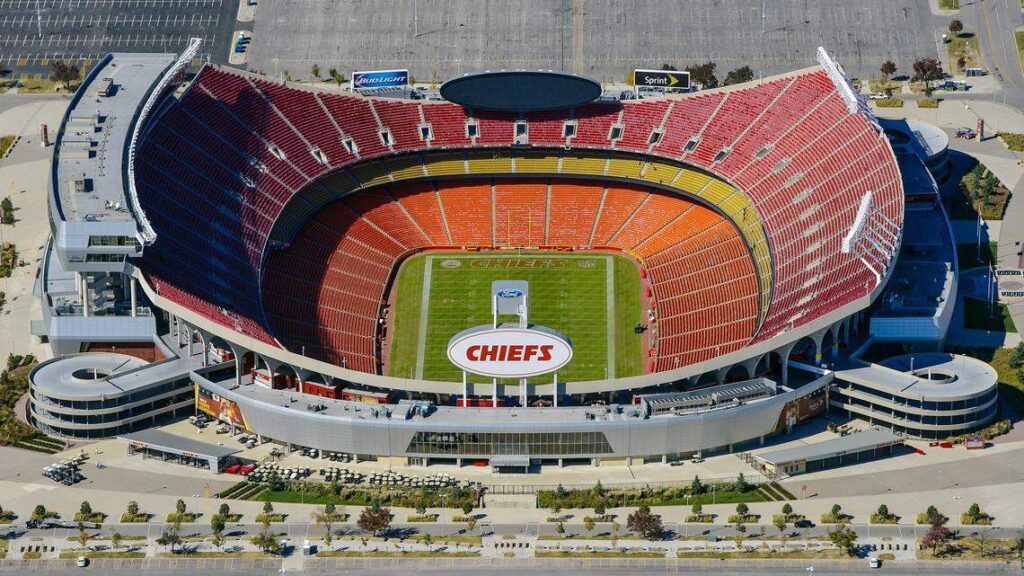
Arrowhead Stadium is a fortress of sound. Known primarily as the home of the NFL’s Chiefs, it holds one of the loudest crowd noise records in the world. For football, that energy will translate beautifully.
Kansas City has quietly become one of the U.S.’s most vibrant football centers. Sporting Kansas City helped grow the game in the region, and the city’s downtown revival offers fans plenty to explore between matches.
Houston — NRG Stadium (Houston Stadium)
Capacity: 72,220
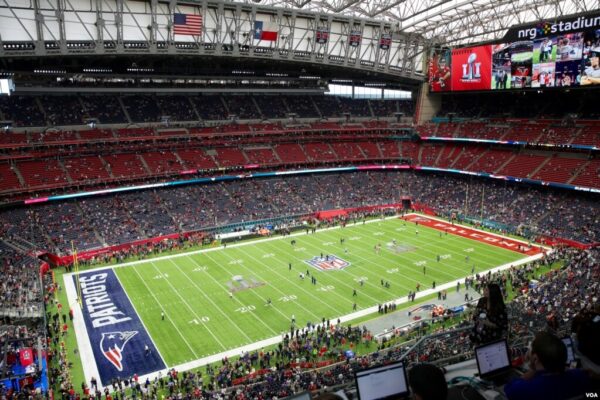
In Houston, football meets southern heat. NRG Stadium’s retractable roof and air-conditioned interior make it ideal for summer fixtures. Opened in 2002, it has hosted Copa América and Gold Cup matches and is known for its wide sightlines and acoustics.
Houston’s multicultural community, particularly its large Latin American population — ensures the stands will be filled with color, rhythm, and song.
CHECK OUT | FIFA 2026 World Cup Tickets: Where to Buy and How to Book
San Francisco Bay Area (Santa Clara) — Levi’s Stadium (San Francisco Bay Area Stadium)
Capacity: 70,909
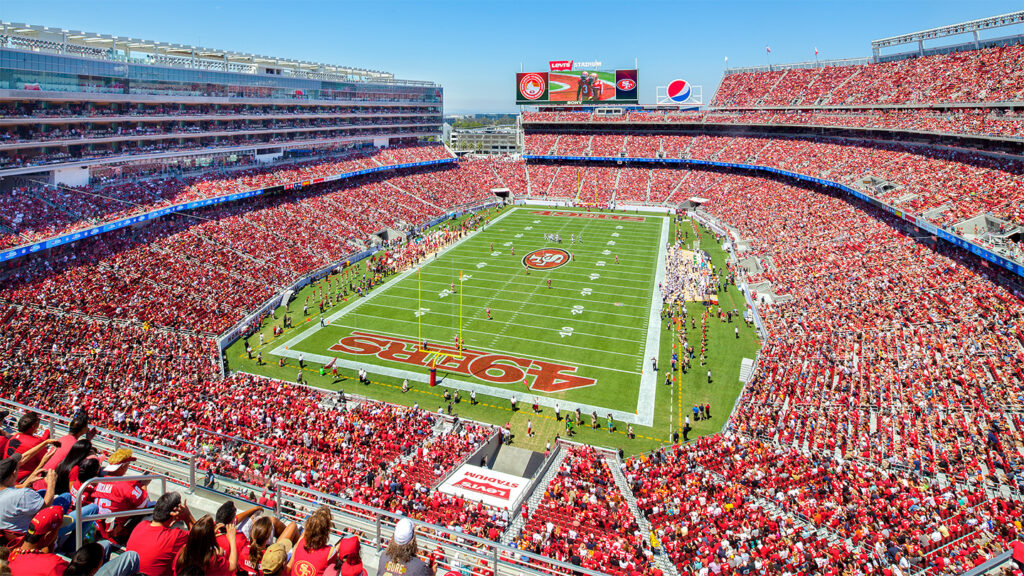
Levi’s Stadium in Santa Clara brings the World Cup to the heart of Silicon Valley. Sleek, sustainable, and solar-powered, it represents the region’s forward-thinking spirit.
Opened in 2014, it hosted Super Bowl 50 and several high-profile international friendlies. Its proximity to San Jose and San Francisco makes it a prime venue for fans traveling along the West Coast.
Los Angeles (Inglewood) — SoFi Stadium (Los Angeles Stadium)
Capacity: 70,240
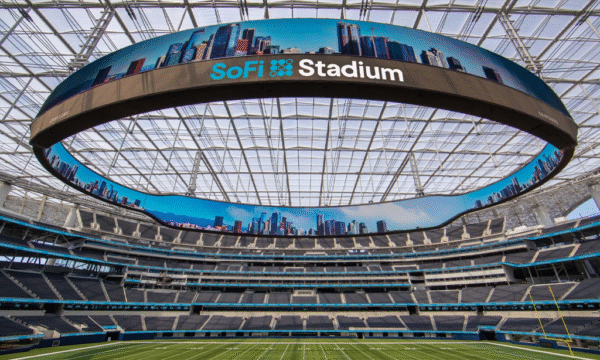
Los Angeles remains one of football’s most important American cities. SoFi Stadium, opened in 2020, is the crown jewel of U.S. stadium architecture. Its translucent canopy, state-of-the-art design, and massive capacity make it a centerpiece of the tournament.
Inglewood’s history, once defined by the old Hollywood Park, now meets the global game. The city will hum with energy when the World Cup comes to town.
Boston/Foxborough — Gillette Stadium (Boston Stadium)
Capacity: 70,000
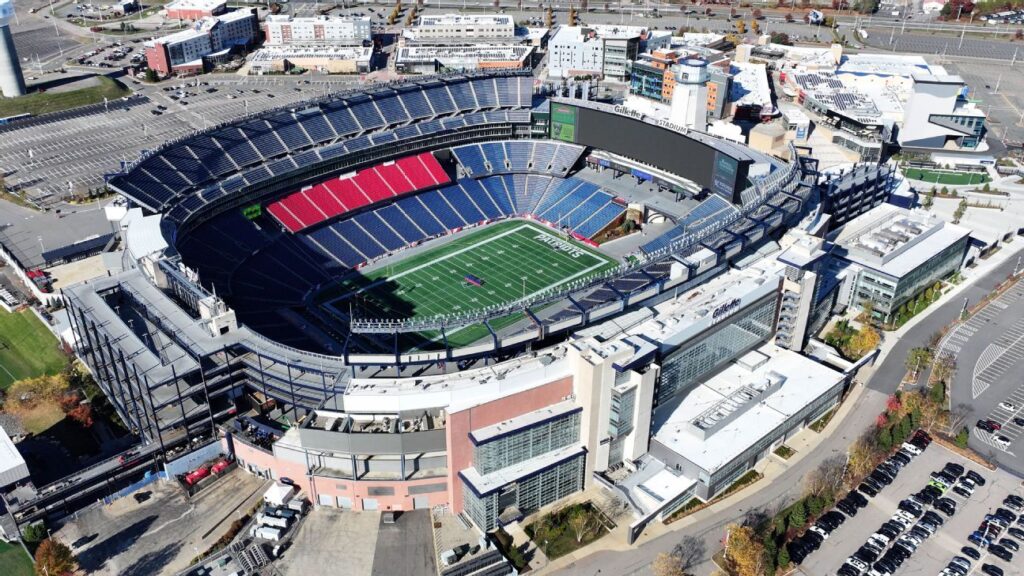
Just outside Boston, in Foxborough, stands Gillette Stadium home of the New England Revolution and the NFL’s Patriots. Built in 2002, it has long been part of U.S. football’s growth story.
The Boston area, rich in universities and history, offers a unique cultural backdrop for fans. The proximity to the city’s historic core and its passionate sports identity make it an ideal stop on the World Cup map.
Philadelphia — Lincoln Financial Field (Philadelphia Stadium)
Capacity: 69,328
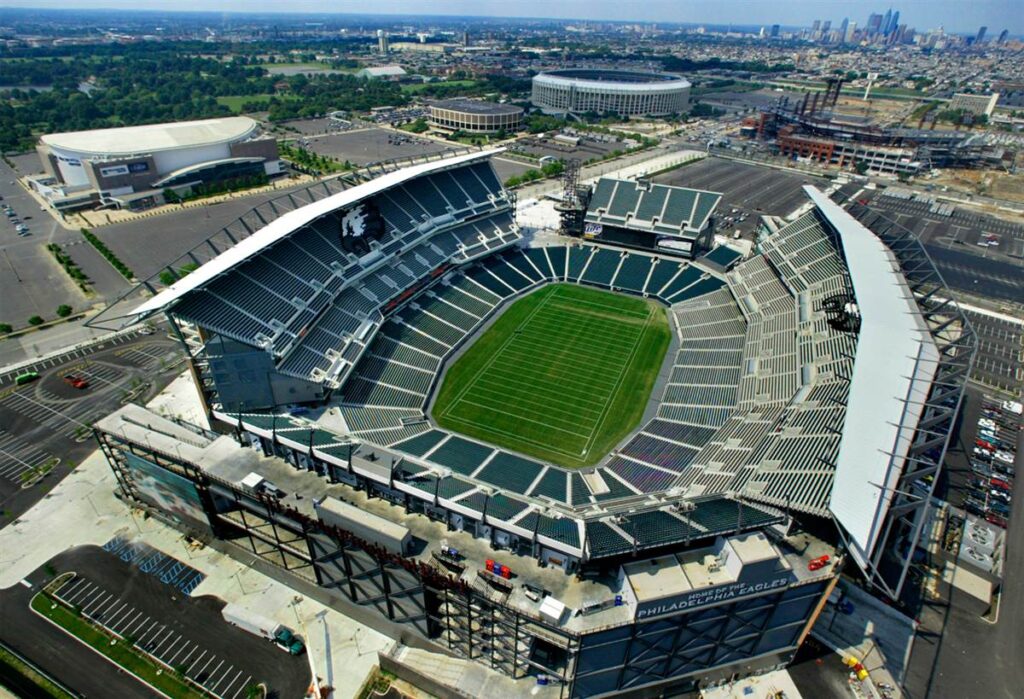
In Philadelphia, football joins a city that lives and breathes sports. Lincoln Financial Field sits along the South Philly Sports Complex, beside arenas for baseball and basketball.
The stadium has already hosted Gold Cup finals and U.S. national team matches, each filled with noise and intensity.
The passion of Philadelphia’s fans will make it one of the most memorable venues in 2026.
CHECK OUT | 0 Best Youth Soccer Clubs in Pennsylvania for Aspiring Players
Seattle — Lumen Field (Seattle Stadium)
Capacity: 69,000
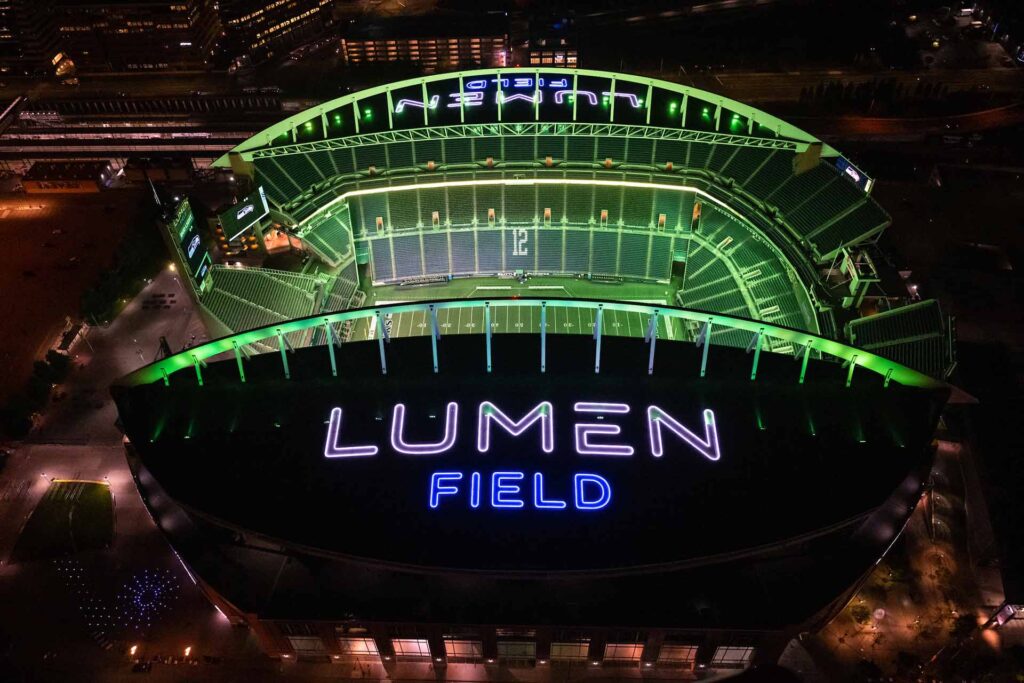
Lumen Field feels made for football. The home of the Seattle Sounders has long been one of the loudest, most atmospheric grounds in MLS. Its steep stands and covered roof trap the sound in a way that gives every match a thrilling energy.
Seattle’s football culture is deep-rooted, and the city’s proximity to Vancouver will make it a Pacific Northwest football corridor during the tournament.
Miami Gardens — Hard Rock Stadium (Miami Stadium)
Capacity: 67,518
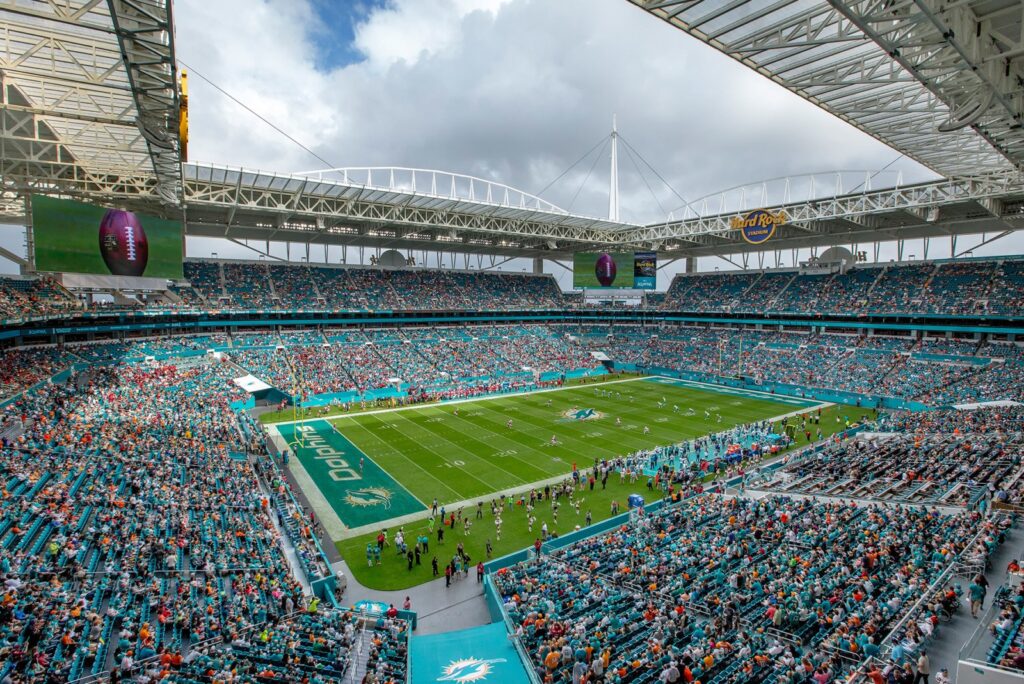
Few cities match Miami’s global flavor. Hard Rock Stadium will bring the carnival to the World Cup. Known for hosting everything from NFL Super Bowls to Formula 1 races, it’s a venue that thrives on spectacle.
The tropical weather, Latin influence, and nightlife will make Miami one of the most vibrant host cities.
Expect rhythm, color, and endless celebration both inside and outside the stadium.
CHECK OUT | Are Cheerleaders a Thing in Soccer? Unpacking the Myth
Legacy and future
Beyond the matches themselves, 2026 offers long-term benefits: improved stadium facilities, stronger fan culture in Canada, renewed pride in Mexico’s football heritage, and in the U.S., a chance to embed football even further into the national sporting consciousness.
For Canadian cities, hosting group matches and a knockout tie will help local infrastructure, stadium upgrades and fan engagement. For Mexico, hosting the opening in the iconic Azteca and multiple knockout ties brings global attention. For the U.S., staging 78 matches means deep logistical work but also massive potential.
When the final whistle blows in New Jersey on July 19, 2026, the collective journey will have spanned three nations, sixteen cities and sixteen stadiums. The champion will have played eight matches instead of seven, a reflection of the tournament’s size and ambition. The legacy will not just be about who lifted the trophy, but how North America embedded a World Cup into its sporting fabric.
This edition of the World Cup will prove that the game is utterly global yet profoundly local. Be it you travel from afar or watch at home, each stadium will be a node of the same unfolding story: the world’s greatest football tournament, on a scale never seen before in North America.

